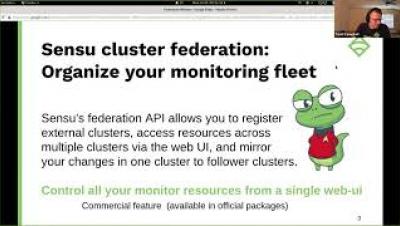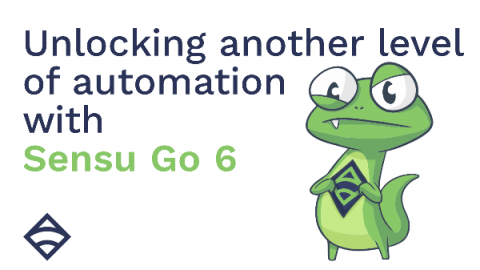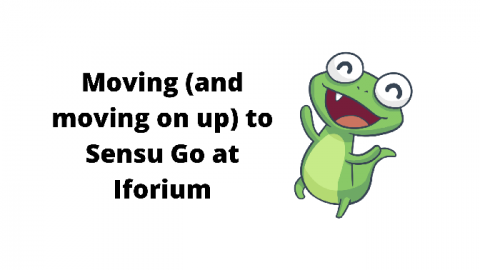Operations | Monitoring | ITSM | DevOps | Cloud
July 2020
Unlocking another level of automation with Sensu Go 6
First thing’s first: existing users will be pleased to know that upgrading is easy, so there's no need to be concerned about the upgrade process. In fact, Sensu Go 6 (arriving July 23, 2020) is a drop-in replacement for Sensu Go 5. Sensu was originally designed to be a single-tenant system, relying heavily on configuration management tools to move at the speed of automation — AKA, to keep configuration up to date to accurately reflect the state of things.
The case for boring tech
Solutions for challenging technical problems shouldn’t result in a whole set of new ones. Sometimes, we make things harder on ourselves by choosing the new hotness to tackle technical problems (such as scaling infrastructure). We may be solving our problem in an interesting and fun way, but we bring on more complexity (and more problems) as a result of that technology choice.
How to use check aggregates in Sensu Go
Aggregates, which allow you to monitor groups of checks or entities, were a much-beloved feature in Sensu Core (the predecessor to Sensu Go) — Ben Abrams describes them as “awesome” in his post on alert fatigue, noting that aggregates are like having “a bunch of nodes behind a load balancer where each node is healthchecked, and if a node drops out it may not be worth waking someone up in the middle of the night.”
Moving (and moving on up) to Sensu Go at Iforium
I work at Iforium, an eGaming company based on the Isle of Man, where — for the past three years — we’d been using Sensu Core to monitor our infrastructure. Earlier this year we began our migration to Sensu Go. In this post, I’ll share a bit about our journey, offering some background on Iforium and our technical stack, our monitoring pain points, and our take on Sensu Go so far.






